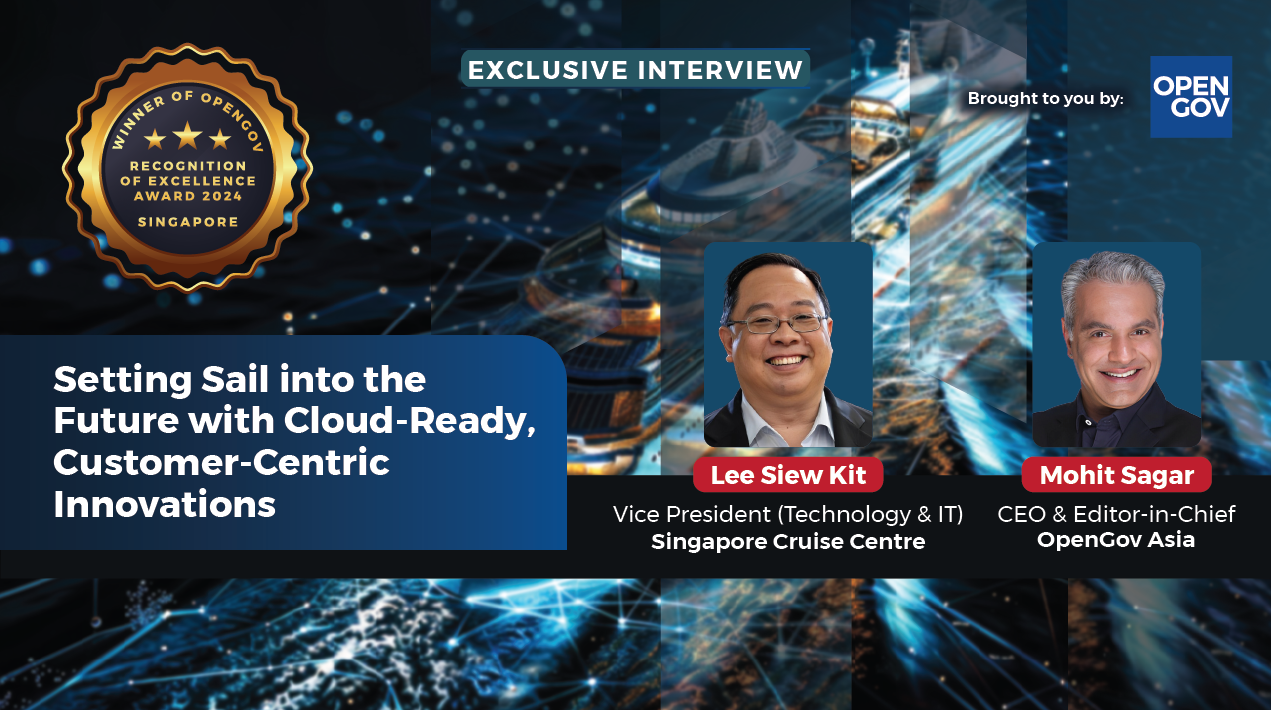
A new cybersecurity plan has been launched in Singapore. The OT Cybersecurity Masterplan is aimed at providing a strategic route for Singapore to strengthen its current defence systems and protect data from cyber-attacks.
This masterplan is also structured towards developing the talent pool and allowing the exchange of information between the public and private sectors. It serves to protect operational technology (OT) systems from cyberattacks that are detrimental to Singapore’s water supply, transport and other critical sectors.
OT systems run critical infrastructure services with interconnected devices and computers found across various sectors, such as energy, water, transport and media.
Senior Minister and Coordinating Minister for National Security Mr Teo Chee Hean released the masterplan on Tuesday (Oct 1) during the opening of the fourth Singapore International Cyber Week held at the Suntec Singapore Convention and Exhibition Centre.
Citing the cyber attack to Ukraine’s power network in December 2015 which resulted in a power outage in the middle of winter as an example, Mr Teo stressed that the attacks on OT systems are one of the most prevalent cyber threats today.
Cyber Security Agency of Singapore (CSA) and industry partners had jointly developed this masterplan to mitigate the high threats of attacks to OT systems.
Capabilities for securing systems in the OT environment are to be developed based on the masterplan acting as a guide.
CSA announced on Tuesday, October 1, that the masterplan will provide brief information on the OT cyber-security training which is to be offered for nurturing talent and skills for protecting against attacks to OT systems.
Additionally, a new OT Cybersecurity Information Sharing and Analysis Centre will be established. This will be done in collaboration with the Global Resilience Federation, a threat-intelligence organisation which works to protect industries which are seen to be critical by most world governments and by key players in the global economy.
CSA said that the masterplan will also include guidelines for OT organisations to achieve an OT Cybersecurity Code of Practice. This will solidify policies and processes which are geared towards providing better defence against cyber-attacks.
CSA shared that OT systems in the past were not created and structured around strong cyber-security guidelines and thus are now highly vulnerable to such attacks. The added danger is that these systems are also interconnected which could potentially lead to multiple hackings of connected OT systems.
Such attacks can bring about detrimental impacts such as mass disruptions, physical harm and even death.
Mr Teo addressed that this interconnectedness of systems is currently posing challenges to the creation and roll-out of technologies such as 5G.
Challenge 1: Race for digital dominance
Mr Teo said that competition will increase among industry players for determining and creating the path to be taken by digital rules that have been set in place.
This could result in a shift of focus away from establishing the growth of connectivity and convenience of technologies.
Challenge 2: Interconnectedness allowing the disruption and exploitation of data flows and digital systems
Interconnectedness allows cyber hackers to interrupt and use the data flows and digital systems for their personal uses.
Mr Teo said that this could lead to the “fracturing of the global digital space”. The two challenges when looked at as a national zero-sum game will most probably produce the result of there being zero wins.
Mr Teo stressed that cooperation with domestic stakeholders is crucial for fighting with these online threats. The OT Cybersecurity Masterplan is one such platform that allows for that.
It serves as a role-model of how powerful Government and industry partnership can secure the country’s national cybersecurity defences.
He said, “For us to realise the benefits of digitalisation, countries, businesses and the people sector need to work together to create a more secure and a more prosperous digital future”.
Mr Teo elaborated that more collaborations and connections need to be made to between government and private sectors for them to create better solutions for creating the stable foundation to a shared future, manage complex cyber threats, and build the trust and confidence in the current digital systems.
This new masterplan can be accessed from CSA’s website.
















